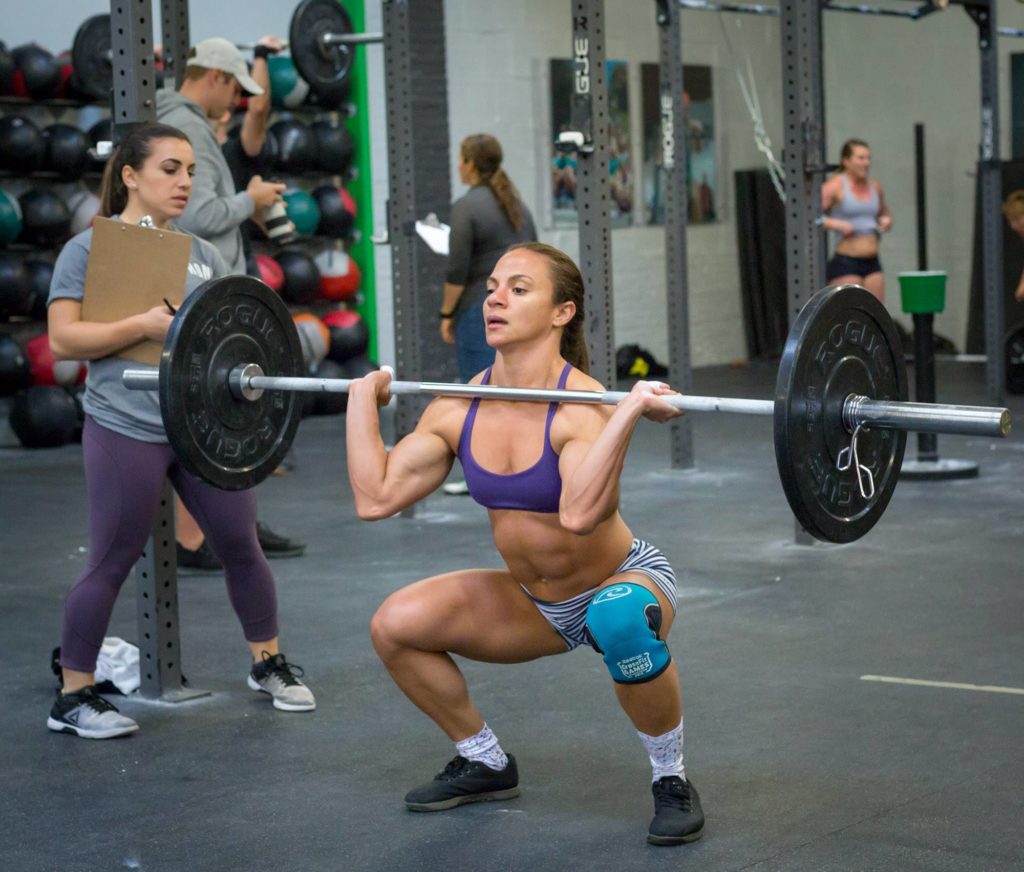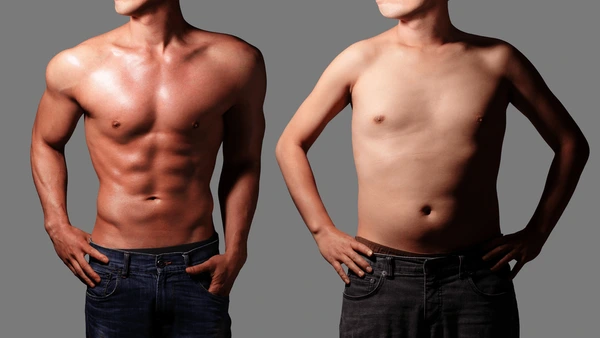When it comes to fitness, separating fact from fiction can be challenging.
With so much advice floating around, it’s easy to fall prey to myths that might actually hinder your progress.
Let’s debunk the top 15 fitness myths that are holding you back and set the record straight.
1. Spot Reduction Works

One of the most common misconceptions in fitness is spot reduction—the belief that you can target fat loss in specific areas of your body by working those muscles.
Unfortunately, fat loss doesn’t work that way. Your body decides where to burn fat based on genetics and overall body composition.
Instead of focusing solely on crunches to lose belly fat, aim for a combination of cardio, strength training, and a healthy diet to reduce fat overall.
2. You Need to Exercise for Hours to See Results

Many believe that only long, grueling workouts yield results. The truth is that shorter, high-intensity workouts can be just as effective, if not more so, than longer sessions.
High-Intensity Interval Training (HIIT) and 30-minute focused workouts can help you achieve your fitness goals without spending hours in the gym.
3. Weightlifting Makes You Bulky

This myth, particularly common among women, couldn’t be further from the truth.
Lifting weights helps you build lean muscle, which in turn boosts your metabolism and helps you burn more calories.
Getting “bulky” requires a specific diet and training regimen, often accompanied by genetic predispositions.
Weightlifting is your ally for a toned and strong physique.
4. Cardio Is the Only Way to Lose Weight

While cardio is great for burning calories, relying solely on it for weight loss isn’t ideal.
Incorporating strength training into your routine builds muscle, which increases your resting metabolic rate.
This means you’ll burn more calories even when you’re not working out.
5. No Pain, No Gain

Pain isn’t always a sign of progress.
While some muscle soreness is normal, especially if you’re trying something new, sharp or persistent pain could indicate an injury.
Listening to your body is crucial—don’t push through pain thinking it’s a marker of success.
6. You Should Work Out Every Day

Rest days are just as important as workout days.
Overtraining can lead to fatigue, decreased performance, and even injuries.
Aim for at least one or two rest days per week to allow your muscles to recover and grow stronger.
7. More Sweat Means a Better Workout

Sweating is your body’s way of cooling down, not necessarily an indicator of how hard you’re working. Factors like temperature and individual sweat rates vary greatly.
Instead of focusing on sweat, pay attention to how you feel during the workout and your overall progress.
8. You Can Out-Exercise a Bad Diet

Exercise alone won’t compensate for poor eating habits. While working out does burn calories, a nutritious diet is crucial for achieving and maintaining fitness goals.
Think of it as a partnership: exercise and diet work together for optimal results.
9. Crunches Are the Best Way to Get Abs

Crunches alone won’t give you a six-pack. Visible abs come from reducing overall body fat, which requires a combination of a balanced diet, cardio, and full-body strength training.
Core exercises like planks and mountain climbers are more effective for strengthening your midsection.
10. Stretching Before a Workout Prevents Injuries

Static stretching before exercising isn’t as effective as once thought and may even reduce performance.
Dynamic warm-ups, which involve controlled movements to prepare your body for activity, are a better way to prevent injuries and enhance performance.
11. You Need Supplements to Succeed

Supplements can be helpful, but they aren’t a necessity for fitness success. Most people can meet their nutritional needs through a well-balanced diet.
Always consult with a healthcare provider before adding supplements to your routine.
12. Machines Are Safer Than Free Weights

While machines can guide your movements and reduce the risk of improper form, they don’t necessarily make workouts safer.
Free weights engage stabilizing muscles and improve balance. Both have their place in a well-rounded fitness program, but proper technique is key to avoiding injuries.
13. You Should Always Push to Your Max

Giving 100% in every workout sounds motivating, but it’s not sustainable or safe. Overexertion can lead to burnout or injuries.
Instead, vary the intensity of your workouts to include moderate and low-intensity sessions along with high-intensity ones.
14. Fasting Before a Workout Burns More Fat

Exercising on an empty stomach might burn more fat during the workout, but it can also lead to fatigue and reduced performance.
Your body needs energy to perform at its best, so a small pre-workout snack can help you get the most out of your session.
15. Once You Stop Working Out, Muscle Turns to Fat

Muscle and fat are two different tissues and one cannot turn into the other.
When you stop working out, your muscle mass may decrease due to inactivity, and you might gain fat if your calorie intake exceeds what you burn.
However, maintaining a balanced diet and staying active can prevent this.
FAQ: Your Fitness Questions Answered
How Can I Spot Fake Fitness Advice?
Look for sources backed by science, such as studies or recommendations from certified professionals. Be wary of extreme claims or advice that promises quick fixes.
What’s the Best Type of Exercise for Weight Loss?
A combination of cardio and strength training is most effective. Cardio burns calories, while strength training builds muscle to boost your metabolism.
How Do I Stay Consistent with My Fitness Goals?
Set realistic goals, find activities you enjoy, and track your progress. Building a routine and staying flexible can help you stick to your plan.
Are Rest Days Really Necessary?
Absolutely. Rest days allow your body to recover and reduce the risk of overtraining injuries. They’re an essential part of any fitness plan.
What Should I Eat for Optimal Fitness?
Focus on whole, nutrient-dense foods like lean proteins, fruits, vegetables, whole grains, and healthy fats. Stay hydrated and limit processed foods.
Final Thoughts: Debunk the Myths, Empower Your Fitness Journey
Fitness myths can be more harmful than helpful, leading to wasted effort and frustration.
By focusing on science-backed strategies and listening to your body, you’ll be well on your way to achieving your goals.
Remember, fitness is a journey, not a destination—so enjoy the process and celebrate your progress along the way!
